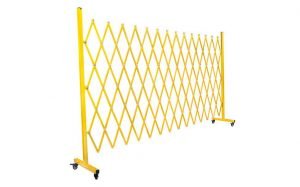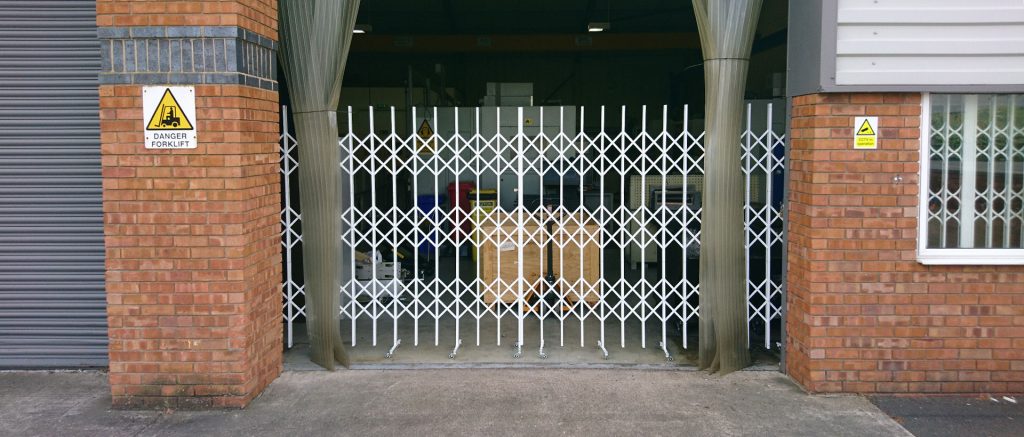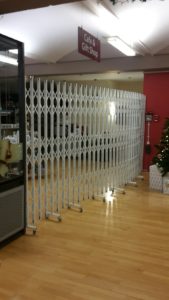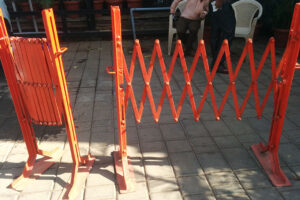
Lightweight Barricades: The Smart Alternative To Traditional Fencing
Our lightweight barricades are designed to help you manage your safety needs without the hassle and expense of traditional fencing.
Safety Barriers are most commonly used to provide health and safety measures in different situations. They are to protect safety for people, or wildlife or protect value, such as stock, goods, machinery, tools, or structural spaces.
Safety barriers physically guide people, and wildlife by health and safety rules. They provide protection, prevent harm, and damage. Simply put, they make everyone’s life easier. Most importantly, these useful health and safety measures stop people from entering out of bound areas. They should be used to protect certain objects (stock, animals, etc).
Safety barriers are most commonly used to restrict access ways, or to mark hazardous areas in various contexts such as workplaces, construction sites, airports, educational institutions, healthcare institutions, shop floors, or other public buildings. They are used in order to reduce the risk of damage, harm or any accidents. Simply put, safety barriers save lives, and protect value when deployed appropriately.

Expandable safety barriers come in wide range of different sizes, colours, with different levels of durability, from heavy duty, to lighter weight options. Depending on what the context and purpose they are required to be used in. Health and safety measures like these, are the most practical solutions that are not only very durable and lightweight, but they can also be retracted whilst out of use. Retractable safety barriers take up very little space when they are closed. Therefore they can be moved out of sight, and easily stored.
There are different versions and sizes of barriers. Some of them are mobile, whilst others are fixed at one end, or both ends in place. It largely depends on what they are needed for, and in what context. Their size and durability, and weight also varies depending on where they are to be used.
We also post regular articles of social media, so it is worth following us on our Facebook page.

Our lightweight barricades are designed to help you manage your safety needs without the hassle and expense of traditional fencing.

Our barriers are designed with your safety and convenience in mind, ensuring that your operations can continue safely and smoothly.

Our mobile safety barriers are designed to provide not just security but flexibility, ensuring that no matter the challenge, you have the tools to meet it head-on.
We manufacture our mobile safety barriers at low, ex-factory prices and offer you a 3 year guarantee to support our quality standards.
Safeguard Security Group
Unit 5
229 Torrington Avenue
Coventry
CV4 9HN
| Cookie | Duration | Description |
|---|---|---|
| cookielawinfo-checbox-analytics | 11 months | This cookie is set by GDPR Cookie Consent plugin. The cookie is used to store the user consent for the cookies in the category "Analytics". |
| cookielawinfo-checbox-functional | 11 months | The cookie is set by GDPR cookie consent to record the user consent for the cookies in the category "Functional". |
| cookielawinfo-checbox-others | 11 months | This cookie is set by GDPR Cookie Consent plugin. The cookie is used to store the user consent for the cookies in the category "Other. |
| cookielawinfo-checkbox-necessary | 11 months | This cookie is set by GDPR Cookie Consent plugin. The cookies is used to store the user consent for the cookies in the category "Necessary". |
| cookielawinfo-checkbox-performance | 11 months | This cookie is set by GDPR Cookie Consent plugin. The cookie is used to store the user consent for the cookies in the category "Performance". |
| viewed_cookie_policy | 11 months | The cookie is set by the GDPR Cookie Consent plugin and is used to store whether or not user has consented to the use of cookies. It does not store any personal data. |